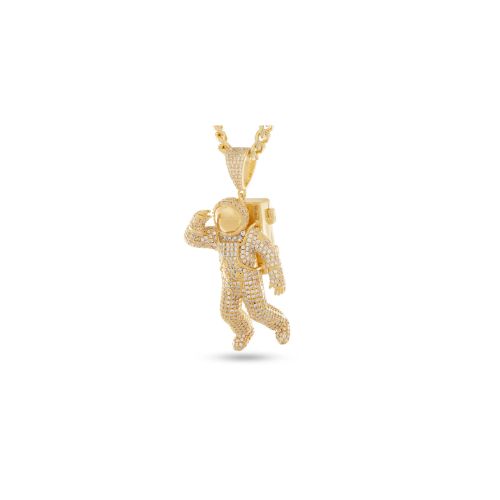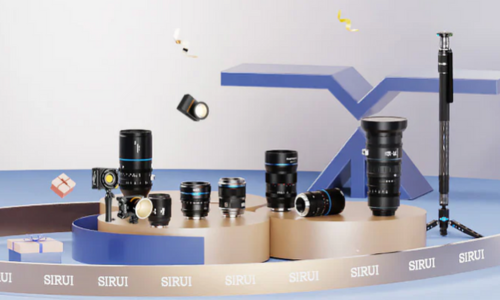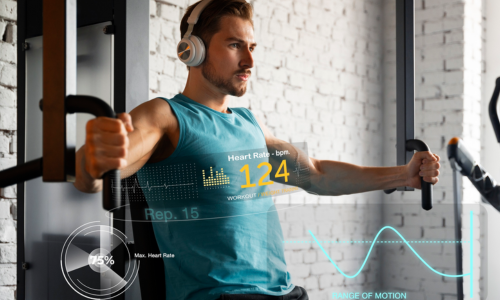Unlock Creative Sound with Freesound
Freesound offers a collaborative library of audio samples and effects under Creative Commons licenses, perfect for creators, educators, and audio projects.
By Admin
·September 25 15
When you're producing media whether video, podcast, game, or art—finding good quality sounds can become a hurdle. That’s where Freesound comes in. Freesound is a collaborative database of audio samples uploaded by users, offering sound clips, field recordings, sound effects, and musical fragments under Creative Commons licenses. It functions as a shared sound library for creators around the world to access, use, and contribute to.
A Community-Driven Audio Archive
From the beginning, Freesound has operated with a spirit of sharing and collaboration. People from diverse backgrounds upload sounds from ambient recordings of forests or city streets, to synthesized effects, vocal recordings, everyday objects, or musical loops. Because it’s user-contributed, the collection evolves constantly as more contributors add new clips. Over time this model has created a rich and varied resource.
Users can tag their uploads with descriptions, keywords, and categories, which helps others find what they need by browsing or doing a text search. The platform also supports filtering by license type, duration, and sound properties, making it easier to locate fitting audio for your project.
Flexible Licensing & Creative Freedom
One of the most important features of Freesound is its use of Creative Commons licenses. Some sounds are released as CC0 effectively in the public domain meaning you can use them without attribution or restriction. Others may be under CC BY or CC BY-NC, which require credit or restrict commercial use. This flexibility lets creators find sound assets that match their use case and budget.
For many users, Freesound becomes a go-to place to legally source audio without paying licensing fees or dealing with copyright claims. The platform balances openness with responsibility by clearly labeling the licensing terms for each clip. That transparency is crucial when you’re assembling media assets.
Broad Applications Across Media
Freesound’s utility spans many creative domains. Podcasters use it to add ambiance wind, rain, footsteps to set scenes. Game developers incorporate weapon effects, UI beeps, or environment loops. Filmmakers download foley sounds like door creaks or crowd murmur to layer into scenes. Musicians sample unique textures and background recordings to add depth to tracks.
Because the archive is so wide, you might find the exact distant thunder, dripping faucet, or mechanical hum you need. And if it doesn’t exist yet, the community often fills gaps over time.
Search, Preview, & Download Workflow
Using Freesound is designed to be intuitive. After creating a free account, users can search via keywords, filter by license, preview sound waveforms, and audition clips in real time. Once you see something that fits, you can download it directly in common audio formats. The platform also offers metadata like sample rate, duration, and upload information, which helps decide what clip to pick.
The ability to preview before downloading saves time and ensures you pick sounds that match your needs instead of downloading many unsuitable files.
Contribution & Collaboration
Freesound is not just for consuming; contributors are encouraged to upload sounds they have recorded or created. Each upload requires selecting a license and adding metadata. Over time, active contributors help grow the resource for everyone. This gives users both creative access and the joy of giving back.
The collaborative nature fosters a sense that the database belongs to its community. Users often return, refine older uploads, or improve tags, making the archive more powerful with each contribution.
Limitations & Best Practices
Because it is user-contributed, Freesound has certain caveats. Audio quality can vary some recordings are clean and professional, while others may contain noise or distortion. Always check sample rate, clarity, and licensing before using a clip in a serious project.
Also, licensing must be respected. Even when a clip is under a license requiring attribution, you need to credit appropriately and follow license rules. Some older uploads may use legacy licenses, so you should double-check the license terms before commercial use.
Occasionally, server outages or search issues occur, especially when the site faces maintenance or high load. But the community is strong and the platform remains reliably available most of the time.
Growing with Research & Datasets
Freesound isn’t just a creative tool it also supports academic and research work. The platform offers subsets and datasets derived from its audio archive for studies in audio analysis, machine learning, and sound recognition. For example, open datasets based on Freesound audio are used to train classification systems and explore metadata tagging. This intertwining of art and research helps push forward how we understand and use sound.
By publishing derivative datasets and analysis, the Freesound community contributes not only to creativity but also to scientific advances in audio understanding.
Why Freesound Should Be in Your Toolkit
If you make media content, Freesound is a resource you’ll return to again and again. Its breadth, licensing flexibility, and community backing make it far more sustainable than niche or pay services. Even if you only use it occasionally to fill gaps like ambient noise or unique effects it saves you from creating everything from scratch.
Because it emphasizes openness and legality, you don’t have to worry about copyright strikes or hidden claims when you use sounds properly. And as more users contribute, its audio library grows, making Freesound more valuable for everyone over time.
In short, Freesound is more than a sound library it is a shared audio ecosystem built by creators for creators.















